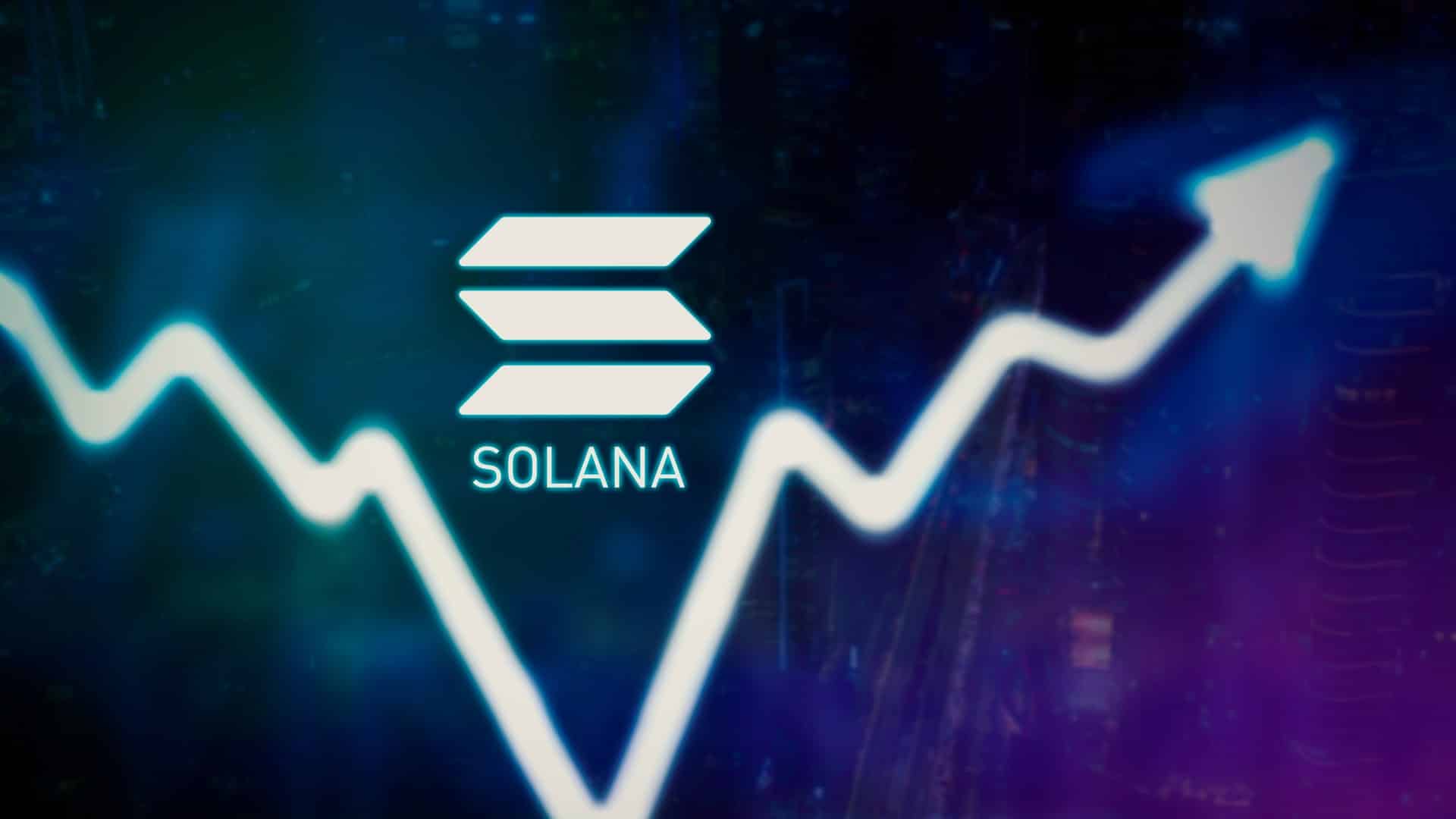Polkadot history is written with the start of the first Parachain auctions. Thousands of projects are now competing for a Parachain slot on Polkadot – why that’s bullish.
Polkadot is a network on which different blockchains can be built that can communicate with each other. These networks are called parachains. A parachain can be a simple form of a blockchain that is attached to the security of a relay chain (“Polkadot Mainchain”) instead of providing its own. Other than that, parachains are perfect independent of the relay chain. You can therefore specialize in different things, such as non-fungible tokens (NFTs) or the division of decentralized finance (DeFi).
After almost five years of development, the time has finally come – the first auctions for a Parachain slot on Polkadot have been running since November 4, 2021.
What are parachain auctions and crowdloans?
If you want to use one of the 100 parachain slots in the Polkadot ecosystem, you have to take part in a parachain auction. The first of these auction rounds will begin tomorrow November 11th and the winners will be announced on November 18th.
In the auctions, various teams are bidding for a parachain place with DOT. Projects have two options for participating in the Parachain auctions. You can use your own DOT for bidding or you can use so-called crowdloans.
Crowdloans enable crypto projects to collect DOT from the community in order to bid in parachain auctions.
The tokens provided are retained by the projects that issue crowdloans for a certain period of time. For the current top candidates, this period is two years.
In return for the DOT tokens provided, the supporters receive tokens for the project that would like to set up a parachain. Depending on the project, the investors receive this at a certain point in time determined in advance. In the graphic above you can see how many tokens you will receive for each DOT token provided. For example, supporters of the Acala Crowdloan receive 3 ACA tokens per DOT. Almost 20 percent of these will be paid out immediately after the end of the Parachain auction. The remaining 80 percent are released continuously over a period of 96 weeks.
How much can you earn as a crowdloan participant?
To get a rough idea of how much the respective tokens could be worth, one should look at the market capitalization of the brother networks of the various Parachain contenders. All of the current contenders have a brother network that is already running on Kusama, Polkadot’s “test network”. At Acala this is called Karura (KAR) and the counterpart to Moonbeam is called Moonriver (MOVR).
Both Karura and Moonriver are already multi-billion-dollar projects. It can therefore be assumed that their counterparts will achieve even higher market capitalizations.
For example, if one were to convert the current, fully diluted market capitalization of Moonriver (four billion US dollars) to the number of all Moonbeam (GLMR) tokens (1,000,000,000) existing after the crowdloan, the current token price would be around four US dollars -Dollars per GLMR. This means that according to this pessimistic calculation, you receive almost four US dollars for each DOT token made available in the crowdloan. Possibly not a bad deal considering that after two years you will get all of your DOT back and the likelihood that GLMR could have a significantly higher market cap than its little brother Moonriver.
In addition, it is important to know that the various parachain contenders will at no point be able to sell the DOT collected through the crowdloan.
In a smart contract, it is specified beforehand that a project may only use the tokens for the parachain auction. In addition, after the two-year period has expired, every investor receives all of their DOT tokens back – in addition to the project’s tokens.
Why crowdloans are bullish on polkadot
Through crowdloans, teams of crypto projects can be automatically motivated to give their own project tokens a value. If this is not your goal, then it is extremely unlikely that you will win permanently at Parachain auction. In addition, unlike Initial Coin Offerings (ICOs), they cannot simply run away with the tokens they have collected. Every project that takes part in a Parachain auction therefore really has an interest in being successful.
In addition, it is not possible to participate in the Parachain auctions with other cryptocurrencies. It is therefore likely that the introduction of parachain auctions will significantly increase the demand for DOT. At the same time, the auctions reduce the overall supply of DOT, as more and more DOT for crowdloans in smart contracts be blocked.
If you add up all of the DOT currently tied up in crowdloans (121,449,272 DOT), then these already correspond to a little more than 10 percent of the total Polkadot offer.
If you too want to participate in a Parachain auction, you can do so via established crypto exchanges such as Binance.
- Bitcoin Whales Cash In Millions Amid Recent Rally - November 20, 2024
- Hidden Pattern on XRP Charts Suggests a 500% Surge – Is It Finally Moon O’Clock? - November 20, 2024
- $PNUT Up 325% In 7 Days, Heading To New Record – Will This New Altcoin Be The Next Hot Deal? - November 19, 2024























